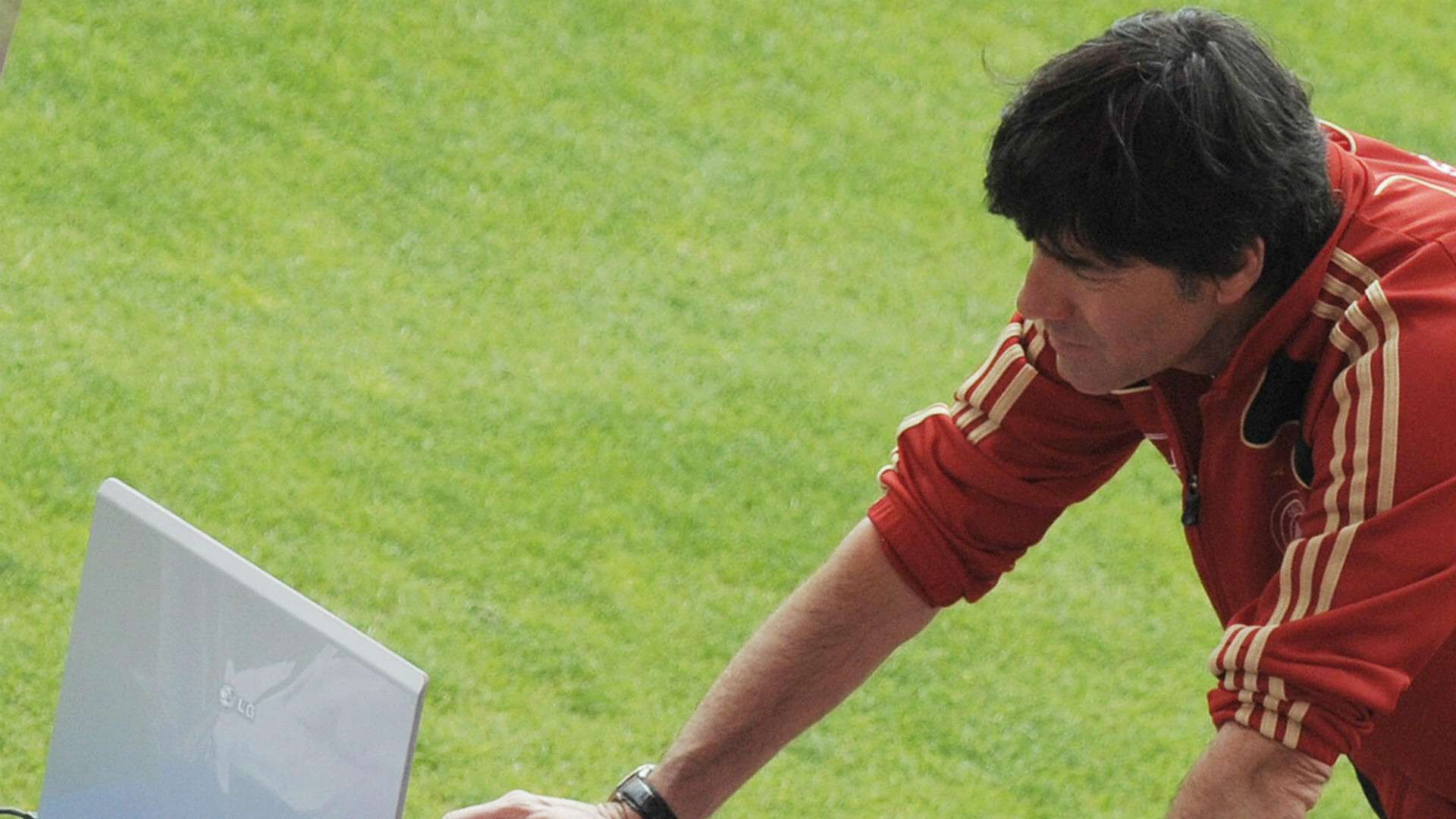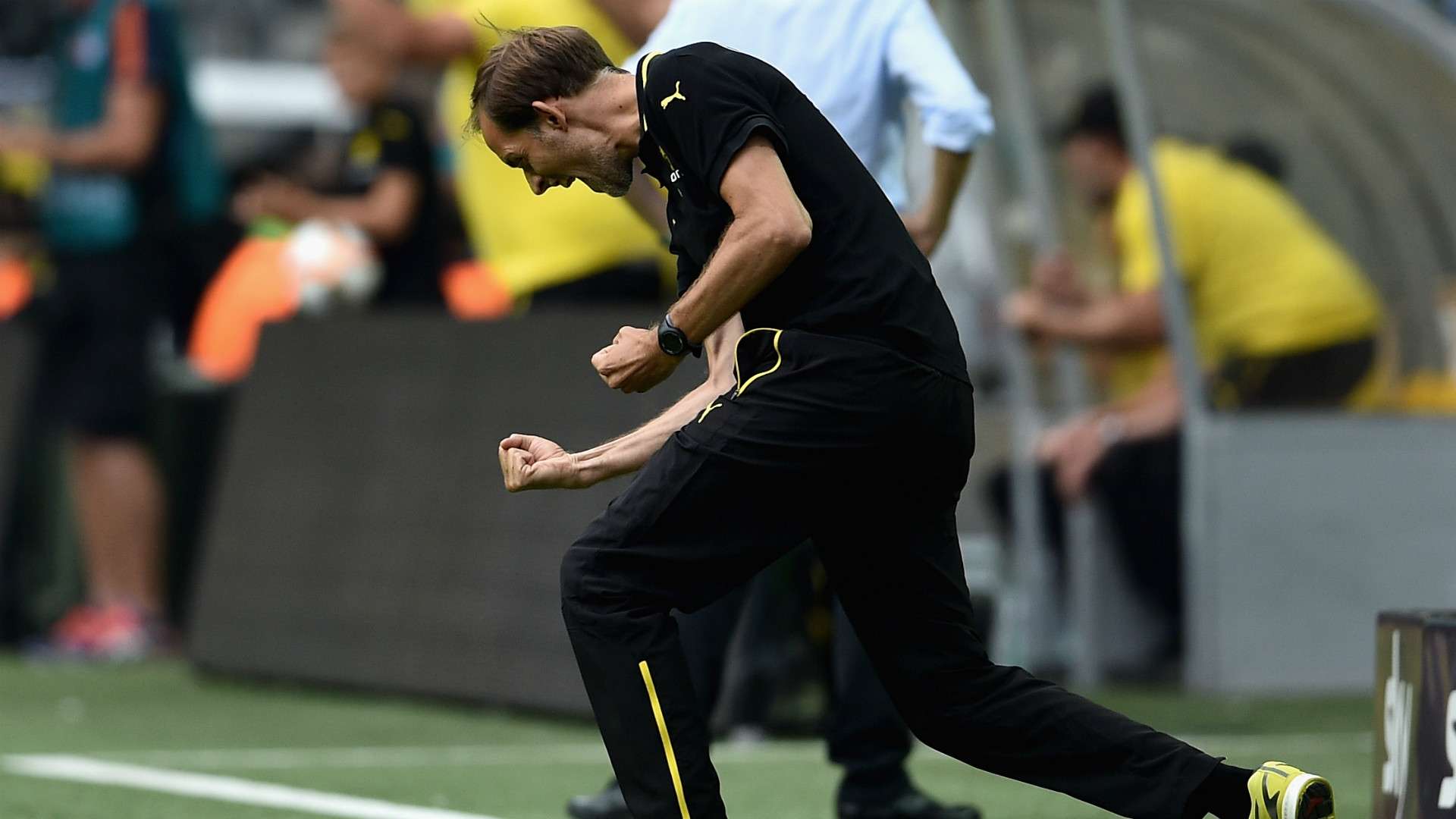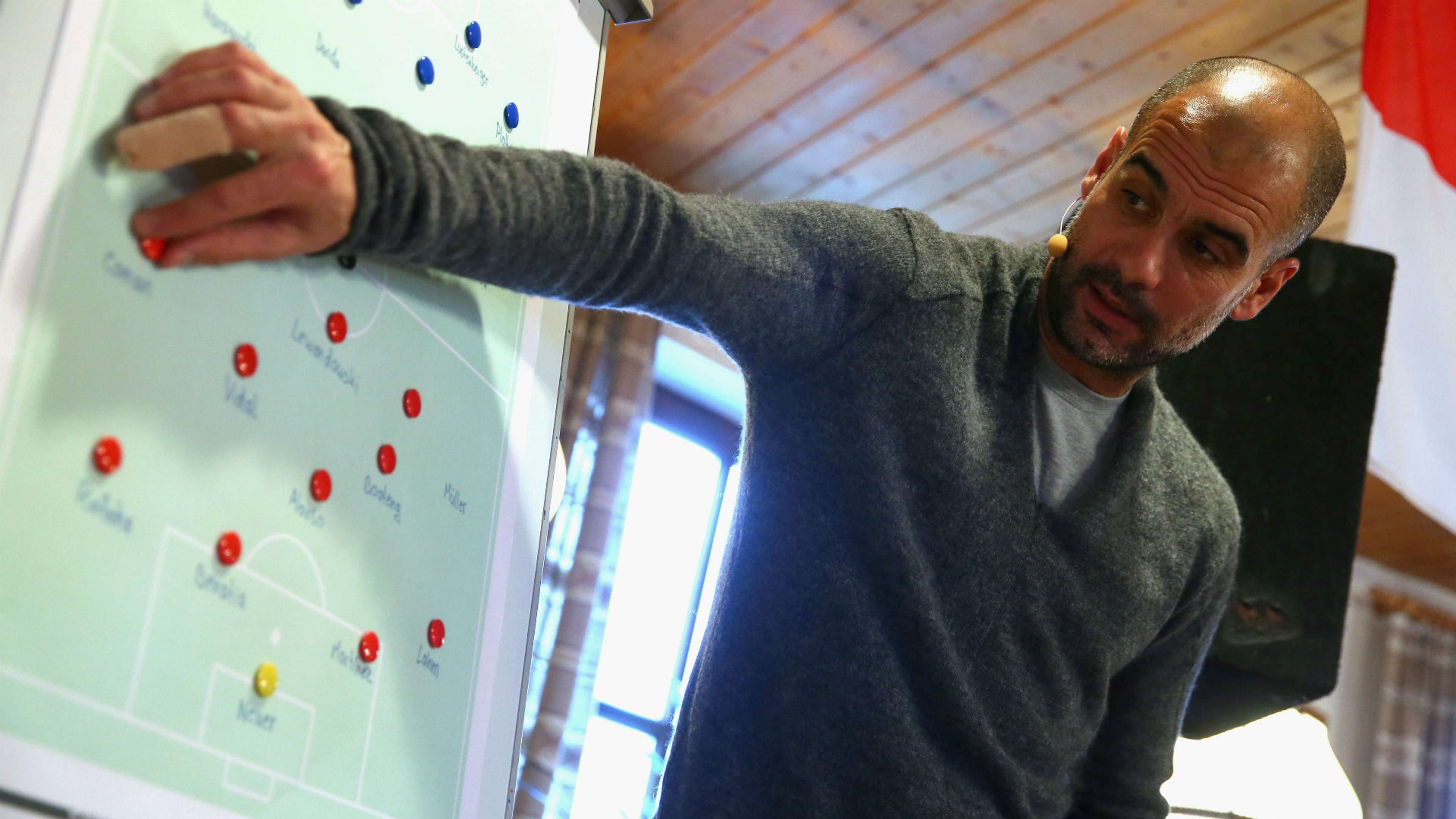Every Football Manager player has been there. Whether you were a newcomer struggling to get your head wrapped around the game's endless screens or an experienced pro stuck in a rut, at one point or another we've all found ourselves managing a side it seems impossible to get into a winning groove, no matter what we try.
Transfer news: The latest from the top teams
Often the problem is exactly that - we try to do to much. When losing patience and running out of ideas, it's easy to be tempted to introduce wacky formations and unorthodox instructions in an attempt to stumble across the magic formula. While these setups can work for a game or two, they rarely hold up over the longer term.
So consider this guide a reference for anyone finding themselves on the verge of the virtual sack or simply looking for some guidance as they embark on another adventure. These are our tips for pressing the reset button and building sustainable tactics in FM 2017 and while some of the advice may seem obvious, it can be easily forgotten in the cut-throat world of simulated football management.
Play to your strengths... kind of
 Getty Images
Getty Images
It's easy to just pick your best XI, choose a formation that fits your players' 'natural' preferences and assign the roles they're most suited to, but you need to think more deeply about the relationships between each member of the team.
The problem people have here is they are often burdened by the terrible team-building of their predecessor. Let's say he's blown the budget on an excellent target man, but the midfield is largely made up of intricate, technical types more suited to feeding quick, nimble strikers with through balls and there are no natural wingers to provide crosses.
That's just not compatible and eventually you're going to have to change the personnel, but in the meantime you need to find a compromise. If you have a decent deep-lying midfielder or ball-playing centre-back, you could transition quickly by hitting the target man early and having him hold the ball up and bring the midfielders into play in the opposition half. They could then feed wing-backs or attack-minded full-backs to ensure you're supplying the striker with the kind of service he's suited to. That's just one example, but the point is to think about how the different parts interact.
Pace is (nearly) everything

It's very, very difficult to be successful without some speed, and simply sticking a quick striker up front isn't enough. Whether it's from full-back, central playmakers given license to roam or out-and-out wingers, rapid movement between the lines is vital to any side that plans to score goals.
Live & FREE football on TV this week
Know the difference, as well, between a player with pace and/or acceleration rating of 14 and one who touches 17 or 18. It's significant, with the latter type able to lead devastating counter attacks and launch themselves into open space. Players who have that speed but also a decent level of technical ability can be hard to find at the lower levels, so your best bet is to mine bigger clubs' academies for loanees.
Don't believe the mentalities
 Getty Images
Getty Images
Defensive, counter, standard, control, attacking. These were meant to simplify FM and make it more realistic - real managers talk to players, after all, rather than adjusting their sliders - but they're not as straightforward as they look.
Don't assume that a home game for Chelsea against Hull City requires an attacking mentality. That will create a very direct approach and can result in you throwing men forward and firing balls straight into their defensive bunker. It also uses a very high defensive line, which can compress the open space on the pitch.
Instead, it may be better to try standard, which will get your creative players on the ball deeper (and therefore in more space), see them play more patiently and drop the defensive line, forcing the opposition to either let you have the ball under no pressure or come out of their shell. If standard is resulting in your players not closing down quickly enough or taking enough risks on the ball, use shouts such as 'pass into space' to rectify.
It's also important to think about the team mentality in relation to the formation. If you're using a 4-2-3-1 like Arsenal's on attacking, the band of three attacking midfielders behind the striker will play very high and could leave the two central midfielders exposed. But if you're using a 4-1-4-1 like Bayern Munich with everyone but the striker starting quite deep, control or attacking could ensure the front man gets enough support.
Be patient & don't overestimate tactics
 Getty Images
Getty Images
Friendlies are virtually meaningless, so you're only really going to get a read on things when competitive matches start. Consider watching the full highlights to begin with and ask fundamental questions about what is and isn't working; you'll be surprised how much you learn.
Don't panic and rip things up if you lose your first game, either. Unless it's obviously you've got it badly wrong, chopping and changing will help nobody.
Sometimes, it's not even the tactics that are the problem or responsible for a bad performance. If your players are short of match fitness, lacking morale, uninspired by a bad team talk or just not as good as their counterparts, there's a good chance things are going to go wrong and there's not a lot you can do to change it. FM gets more realistic by the year in every aspect and not being able to work miracles like the old days is one result of that.
Think like a computer
 Getty Images
Getty Images
This one ties in to watching the full highlights for a little while; drill right down to the basics and ask yourself the questions that go without saying. At the end of the day - without wanting to spoil the mystery for anyone - this is a game of calculations and winning is about stacking the factors that go into the match equation in your favour.
Think about things like: how many goals is each player in your team realistically likely to score in a season? Is that enough to achieve the finishing position expected? If you lack potency up front, you're going to have to make up for it by ensuring you don't concede many, either.
Those questions can be more tactical, and do not just revolve around beating the system. If you want to build out from the back, which players have the quality to ensure you do that smoothly? What are your defenders good at, and how do you create situations when out of possession which play to those strengths?
The old FM adage of K.I.S.S - keep it simple, stupid - still applies in FM 17, even with all its new complexity. Lay the foundations before you start thinking about the little details.
